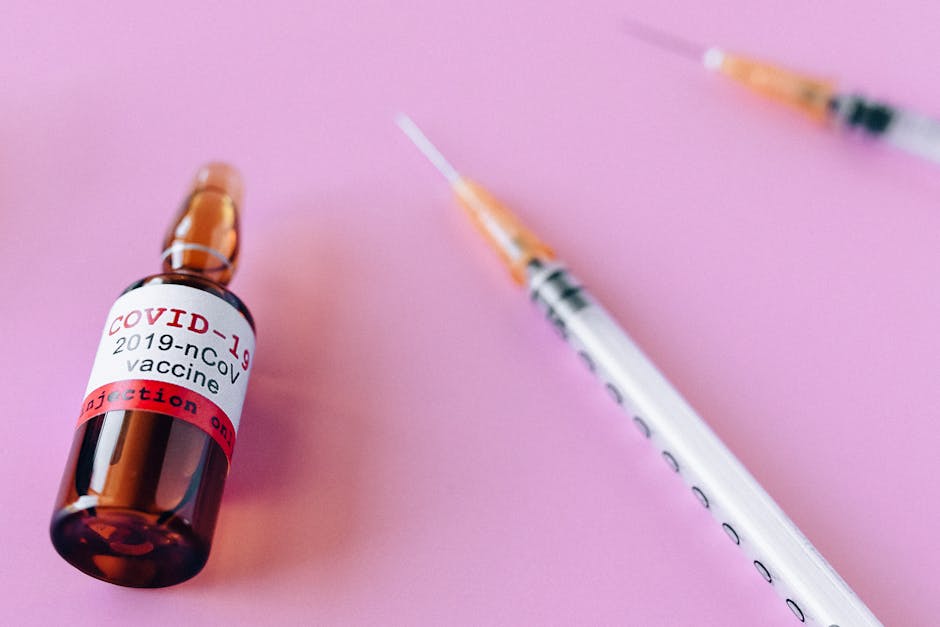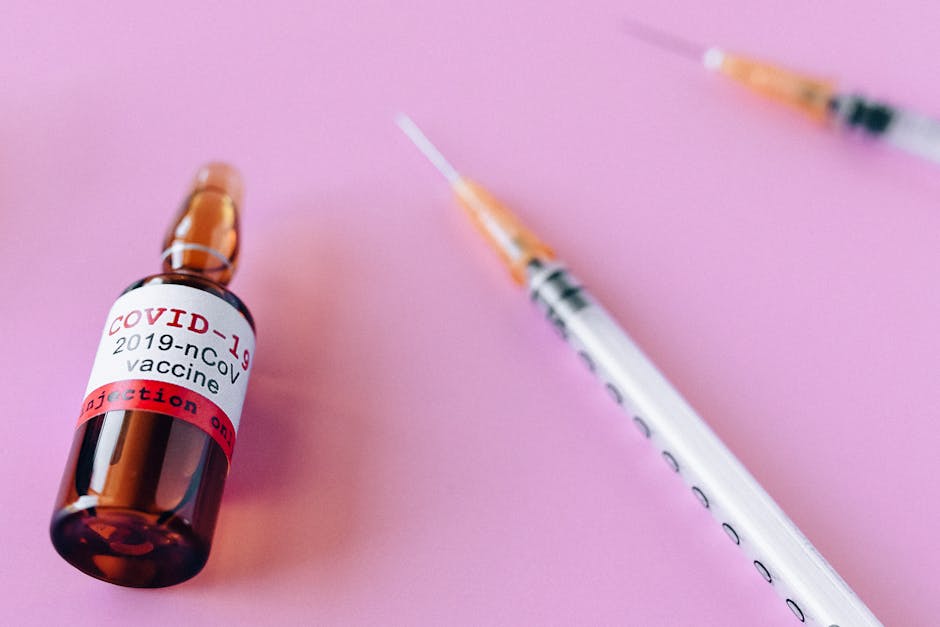Could They Have Made a Cure for Cordyceps in The Last of Us? Ellie’s Immunity and the Scientific Possibilities
Could They Have Made a Cure with Ellie?
The Last of Us, both the critically acclaimed video game and its hit HBO adaptation, captivated audiences worldwide with its gripping narrative and post-apocalyptic setting ravaged by a mutated Cordyceps fungus. The central plot revolves around Joel’s desperate mission to escort Ellie, a young girl immune to the infection, across a devastated United States. The question that lingers long after the credits roll, however, is: could they have actually developed a cure using Ellie’s immunity? This article delves into the scientific plausibility of creating a cure, exploring the biological intricacies of the Cordyceps infection, the potential challenges involved in developing a vaccine or treatment, and the ethical dilemmas raised by Ellie’s unique situation.

Understanding the Cordyceps Brain Infection in The Last of Us
The Cordyceps fungus in The Last of Us is a fictionalized, hyper-aggressive version of the real-world Cordyceps genus, which typically infects insects. In the game and show, the fungus rapidly overwhelms the human host’s nervous system, manipulating behavior and ultimately leading to death. This dramatic transformation, though fictionalized, raises important questions about the nature of fungal infections and the potential for similar scenarios to occur in the real world.
While real Cordyceps species cannot infect humans in the same manner depicted in the story, the premise highlights the potential danger of fungal pathogens and the importance of researching and understanding their evolutionary pathways. The rapid mutation and adaptation of the Cordyceps fungus in The Last of Us, its ability to bypass the human immune system in most individuals, and its drastic effects on the brain all contribute to the narrative’s compelling tension and raise questions about the limits of our understanding of fungal biology.
Ellie’s Immunity: A Scientific Anomaly
Ellie’s immunity to the Cordyceps infection is the cornerstone of the story’s hope for a cure. Her genetic predisposition, whatever it may be, presents a unique opportunity for scientific exploration. In a real-world context, discovering a naturally immune individual to a deadly pathogen is an incredibly rare and invaluable finding. It offers a pathway to understanding the mechanisms of immunity and potentially developing targeted treatments or vaccines.
However, understanding the exact nature of Ellie’s immunity is crucial. Is it a single gene mutation, a complex interplay of multiple genes, or something else entirely? This is where the scientific challenges begin. Unraveling the genetic basis of her immunity would require extensive genomic analysis, comparing her genome to those of infected and non-infected individuals to identify the key genetic variations responsible for her resistance.
The Challenges of Developing a Cure
Even with Ellie’s immunity identified, developing a cure presents a multitude of hurdles:

- Understanding the Infection Mechanism: A complete understanding of how the Cordyceps fungus infects, manipulates, and ultimately kills its host is crucial. This involves detailed research on the fungus’s biology, its interaction with the human immune system, and the specific mechanisms leading to neurological damage.
- Developing a Vaccine: A vaccine would ideally trigger the immune system to recognize and neutralize the Cordyceps fungus before it can establish an infection. However, creating an effective vaccine requires knowing the specific antigens (parts of the fungus that the immune system targets) and designing a delivery system that ensures a strong and lasting immune response.
- Developing a Therapeutic Treatment: If a vaccine is impractical, a therapeutic treatment could be developed to combat the infection once it has taken hold. This could involve anti-fungal drugs, targeted therapies that interfere with specific fungal processes, or even gene therapy techniques to modify the host’s immune response.
- Ethical Considerations: The use of Ellie’s genetic information raises crucial ethical questions. Her unique immunity is not just a scientific resource; it is a part of her being. Consent, privacy, and the potential risks of genetic manipulation must be carefully considered.
- Resource Constraints: The research and development of a vaccine or treatment require significant financial investment, skilled researchers, and access to advanced technologies. In a post-apocalyptic world, such resources are likely to be extremely scarce.
The Role of Reverse Engineering
One approach to developing a cure might involve reverse engineering the fungus itself. By studying its genetic material, researchers could potentially identify its weaknesses, vulnerabilities, and the specific molecular mechanisms responsible for its virulence. This information could then be used to develop targeted therapies that disrupt these mechanisms, effectively neutralizing the fungus.
However, this approach also presents significant challenges. The Cordyceps fungus in The Last of Us is highly adaptable, capable of rapid mutation and evolution. Any treatment developed might quickly become ineffective as the fungus adapts and develops resistance.
Comparing to Real-World Fungal Infections
While the Cordyceps fungus in The Last of Us is fictional, real-world fungal infections pose serious threats. Opportunistic fungi, such as Candida and Aspergillus, can cause severe illnesses, particularly in immunocompromised individuals. Understanding the immune responses to these real-world fungal pathogens can offer insights into the potential approaches to combating the fictional Cordyceps.
Research into antifungal drugs and immunotherapy techniques for real-world fungal infections provides valuable groundwork for understanding the potential strategies for developing a treatment for a Cordyceps-like infection. The advancements in our understanding of fungal biology and immune responses can inform the development of both preventative vaccines and curative therapies.

Conclusion: The Plausibility and Challenges of a Cure
The question of whether a cure could have been developed using Ellie’s immunity in The Last of Us is a complex one, blending scientific possibility with narrative storytelling. While the fictional Cordyceps fungus presents unique challenges, the underlying principles of developing vaccines and treatments for infectious diseases are based on real-world science. The immense challenges of resource scarcity, the complexity of the infection, and the ethical considerations surrounding the use of Ellie’s unique genetic material all contribute to the narrative’s compelling tension.
While a complete cure might have been a long shot, even partial treatments or preventative measures could have significantly impacted the fate of humanity in the world of The Last of Us. The story’s impact lies not only in its gripping narrative but also in its ability to spark conversations about the potential threats of fungal pathogens, the importance of scientific research, and the ethical considerations surrounding scientific advancements.




